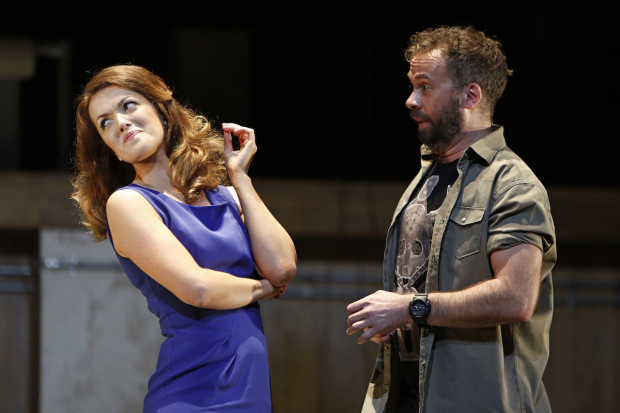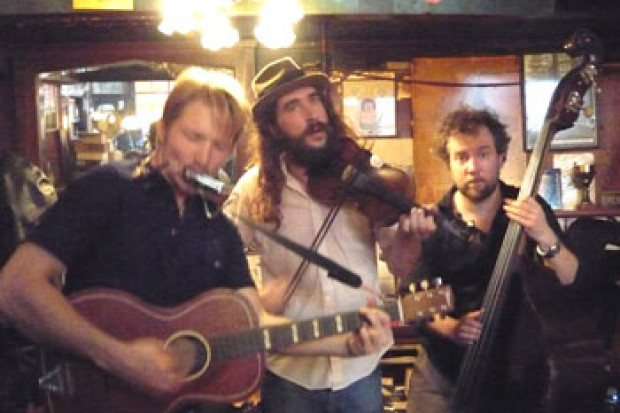Live Reviews: Node
Project Arts Centre,
5 April 2006
There is a quickening in the musical life of Ireland. The Steve Reich RTÉ Living Music Festival in February demonstrated that there is an enthusiastic audience here for contemporary music. The Node concert this April proved that this audience was not entirely dependent on the celebrity and presence of the composer. For the Project Arts Theatre held some 150 people to listen to a concert of new music composed in the main by students of Trinity College Dublin.
This was the sixth concert of new music to be presented under the title of Node. The first was in 2004, there were two in 2005 and this is the third already in 2006. The frequency of the events is accelerating, as are the attendances.
This particular concert presented the work of ten composers, several of whom are currently participants in the MA in Music and Media Technology. This fact points to one important source of the current interest in new music: the existence of a course producing a great deal of compositional activity. It also raises the question of whether what we are experiencing in Ireland is, in fact, part of a larger international trend, whereby advances in music technology are allowing more people to compose, record and distribute new music.
Was the music good? It was. The concert began with a solo piano performance, Datura, by Paul G. Smyth, whose deep percussive centre was bracketed by a more melodic opening and conclusion. Ian McDonnell wrote a delicate and beautiful Short Piece For Piano And Violin, For Laura. Jane Cassidy’s work, Sore Feet, was built from dark and ominous electronic loops; with sufficient organisation to cause the listener not only to respond to the physical sounds but also the higher-level structure. My favourite of the evening was Mick Major’s i4C. Listening to this fast moving cyclical piece was a little like listening to an orchestration of a riff by Robert Fripp; it built up a wonderful momentum and had it delivered a kick, say like Short Ride in a Fast Machine, rather than fading away, I’m sure it would be destined for fame. Benedict Schlepper-Connolly’s To Find Out The Dawn Hour was another work to utilise the full range of sound of the ensemble, with the piece skilfully growing out of the effect of slowly drawing a bow across the edge of a vibraphone.
After the interval came Mischa Langemeijer’s A Day In the Life Of A Drainpipe, an entertaining filtering of everyday sounds through didgeridoo-like electronic acoustics. Garrett Sholdice’s Entonces Yo Soñe was a slow, introspective, examination of timbre, based on sustained notes from flute and violin. Dermot Solon composed Stasis with the idea of holding an A-flat on the cello around which the other instruments entered and exited the piece; at times it worked very effectively to create an intimate, slightly melancholic atmosphere. Brian G. Flynn’s Happy Factory was a hugely enjoyable repeated refrain for fourteen instruments, but driven by the drum and trombone. Finally, Francis Heery’s Eleventh Volume brought the concert to a lively conclusion with an exciting work at the heart of which was a percussive interaction between piano and trombone.
Those involved in music funding take note, now is the time to put resources into the composition and performance of new music. It won’t be wasted.
Published on 1 May 2006
Conor Kostick is a writer and journalist. He is the author of Revolution in Ireland (1996) and, with Lorcan Collins, The Easter Rising (2000).














